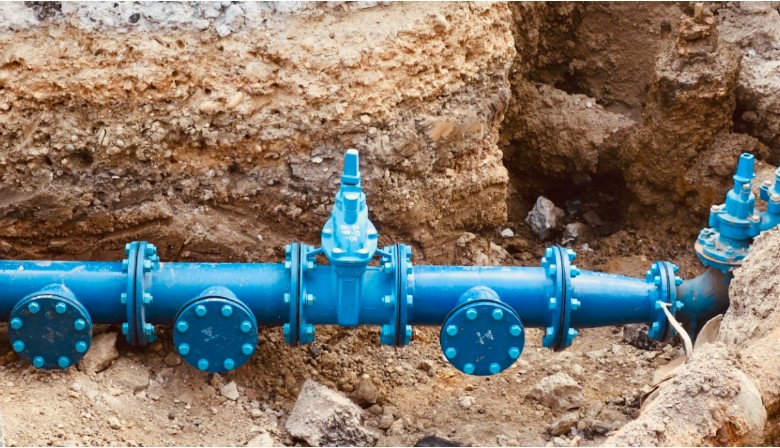A home should feel like a place of ease, where everything works as it should—from the way your morning coffee brews to how water drains in your sink. But when things stop flowing, whether it’s your water, your routines, or even your energy, the comfort of home can quickly give way to stress.
The good news is that keeping your household in steady motion doesn’t take a massive overhaul—just a little attention to the systems and habits that keep life running efficiently.
Stay Ahead of Blocked Drains
Blocked drains are one of those household problems that tend to sneak up on you—until they suddenly don’t. Water pooling in the shower, unpleasant odors from the kitchen sink, or a toilet that flushes slowly are all signs that something’s not quite right. Hair, food waste, soap scum, and even tree roots can be culprits, depending on where the blockage is.
Keeping your drains flowing starts with prevention: use drain covers to catch debris, avoid pouring grease or oil down the kitchen sink, and flush your pipes occasionally with hot water and baking soda. If slow drainage persists, it’s better to act quickly than let it evolve into a full-blown blockage that disrupts your household.
Use Professional Plumbing Services Wisely
While DIY fixes can be helpful, there are times when only a professional can get to the root of a problem. Plumbing services aren’t just for emergencies—they’re also valuable for regular maintenance, inspections, and upgrades.
Scheduling a plumber to check your system once a year can help catch slow leaks, inefficient water heaters, or pressure issues before they cause damage. Many plumbing services now use advanced technology like video inspections and hydro-jetting, making the work faster, more accurate, and less invasive. Investing in these services when needed can keep your home functioning smoothly and save you money in the long run.
Clear Physical and Visual Clutter
Beyond pipes and plumbing, keeping your house “flowing” means making spaces feel open and functional. Clutter tends to interrupt both movement and mood. Piles of clothes, paper stacks, or overcrowded furniture can make daily tasks more difficult and add mental stress.
Establishing simple routines—like tidying up high-use areas each night or organizing items into clearly labeled bins—can help reduce congestion in your living spaces. When your home feels open and navigable, your routines and mindset benefit too.
Maintain Appliances and Utilities
From dishwashers to washing machines and Water Heater System Repair are the behind-the-scenes workers that keep your home running. But when they’re neglected, they can become major sources of interruption. Regularly clean lint traps, replace filters, descale kettles and coffee makers, and check hoses for signs of wear.
A simple habit like setting a reminder every few months to do a utility check-in can go a long way. Routine maintenance not only improves efficiency but also extends the lifespan of your appliances—another way to keep things flowing without costly hiccups.
Design with Flow in Mind
The layout and feel of your home can contribute to how smoothly life operates within it. Open walkways, natural lighting, and spaces that are easy to navigate help create a sense of order and ease.
Even small design choices—like placing everyday items in easy-to-reach spots or arranging furniture to reduce visual congestion—can affect how efficiently you move through your day. When your space is thoughtfully arranged, the flow becomes less about structure and more about freedom.
